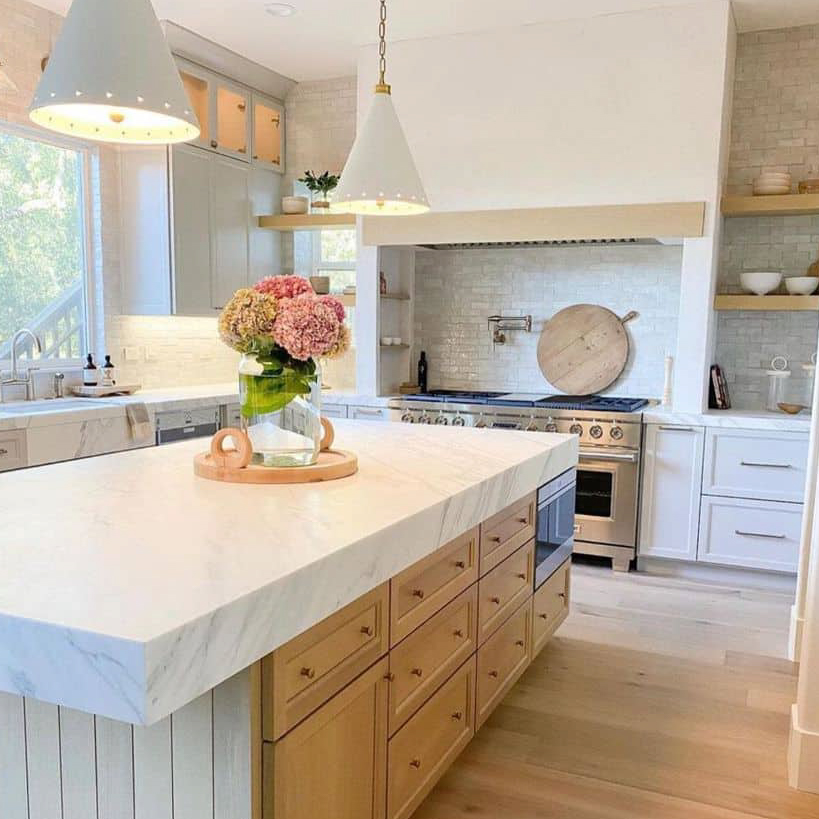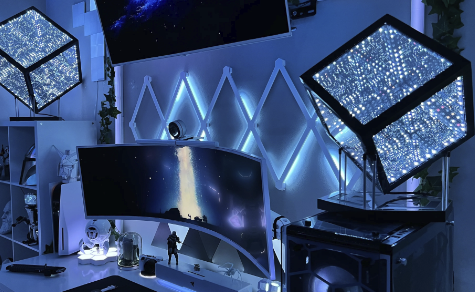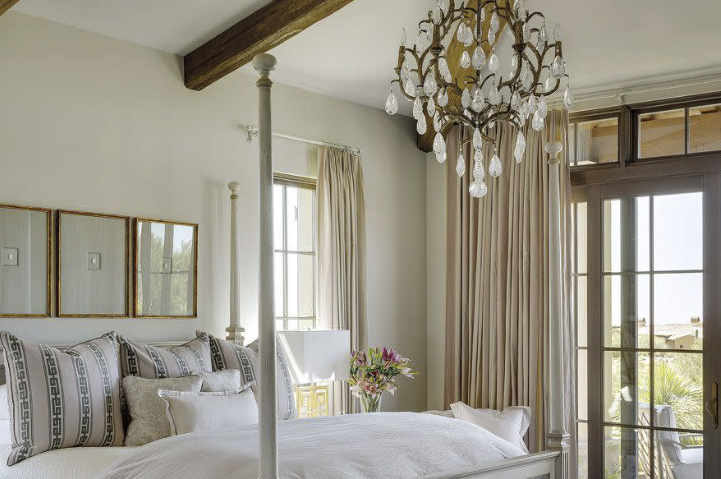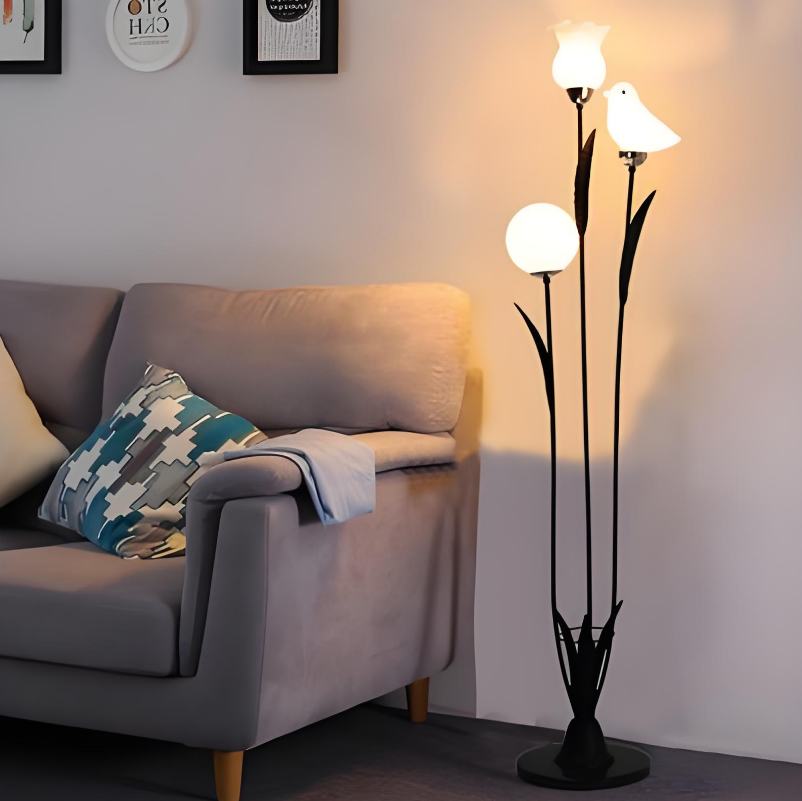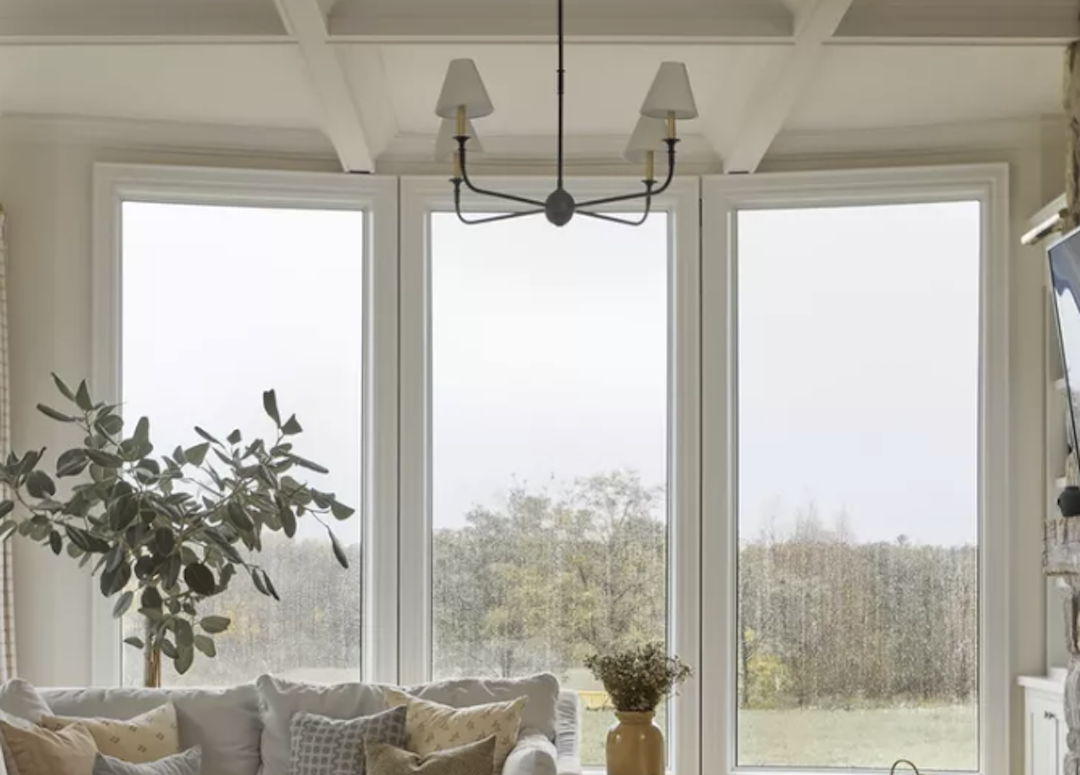Lighting is an essential element in design that often goes overlooked. It has the power to transform a space, create ambiance, and enhance the overall look and feel of a room. Whether it’s natural light streaming through a window or carefully selected light fixtures, lighting plays a crucial role in setting the mood and functionality of a space. In this article, we will explore the importance of lighting in design and provide tips and examples on how to incorporate lighting into your space effectively.
Understanding the Importance of Lighting in Design
Lighting can have a significant impact on the overall look and feel of a space. It can make a room feel warm and inviting or cold and sterile. The fanlamps right lighting can highlight architectural features, artwork, or focal points in a room, while poor lighting can make a space feel dull and uninviting.
There are three main types of lighting: ambient, task, and accent lighting. Ambient lighting provides overall illumination to a space and is usually the primary source of light in a room. Task lighting is focused on specific areas where activities such as reading or cooking take place. Accent lighting is used to highlight specific objects or areas in a room, such as artwork or architectural features.
The Role of Lighting in Creating Ambiance
One of the most significant roles of lighting in design is creating ambiance. Lighting can set the mood and atmosphere in a space, whether it’s a cozy and intimate setting or a bright and energetic environment.
Different types of lighting can create different atmospheres. For example, warm-toned lights like incandescent bulbs can create a cozy and inviting atmosphere, while cool-toned lights like fluorescent bulbs can create a more energetic and vibrant ambiance.
By strategically placing different types of lighting throughout a space, you can create various moods for different occasions. For example, dimming the ambient lighting and using accent lighting can create a romantic atmosphere for a dinner party, while bright task lighting can provide the necessary illumination for cooking or working.
Choosing the Right Light Fixtures for Your Space
When selecting light fixtures for your space, there are several factors to consider. First, think about the purpose of the room and how you want it to feel. Do you want a bright and energetic space or a calm and relaxing environment? This will help determine the type of lighting and fixtures you need.
Next, consider the size and style of the light fixtures. The size of the fixture should be proportionate to the size of the room. A small fixture in a large room may get lost, while a large fixture in a small room can overpower the space. The style of the fixture should also complement the overall design aesthetic of the room.
Additionally, consider the type of light bulbs used in the fixtures. LED bulbs are energy-efficient and have a longer lifespan compared to traditional incandescent bulbs. They also come in a variety of color temperatures, allowing you to customize the ambiance of your space.
Layering Light: Creating Depth and Dimension
Layering different types of lighting is an effective way to add depth and dimension to a space. By combining ambient, task, and accent lighting, you can create a visually interesting and well-lit room.
Start by establishing a base layer of ambient lighting. This can be achieved through overhead fixtures or natural light sources such as windows or skylights. Next, add task lighting in areas where specific activities take place, such as reading nooks or kitchen countertops. Finally, incorporate accent lighting to highlight architectural features, artwork, or focal points in the room.
By layering different types of lighting, you can create a dynamic and visually appealing space that is both functional and aesthetically pleasing.
The Impact of Color Temperature on Mood

Color temperature refers to the warmth or coolness of light emitted by a bulb. It is measured in Kelvin (K), with lower Kelvin values representing warm-toned light and higher Kelvin values representing cool-toned light.
Color temperature can have a significant impact on the mood and atmosphere of a space. Warm-toned lights, such as those with a color temperature of 2700K-3000K, create a cozy and inviting ambiance. They are often used in living rooms, bedrooms, and dining areas to create a warm and intimate atmosphere.
Cool-toned lights, such as those with a color temperature of 4000K-5000K, create a bright and energetic ambiance. They are often used in kitchens, offices, and retail spaces to provide a crisp and vibrant lighting environment.
When selecting the right color temperature for your space, consider the purpose of the room and the desired mood you want to create. Experiment with different color temperatures to find the perfect balance for your space.
Creating a Focal Point with Lighting
Lighting can be used to create a focal point in a space, drawing attention to specific areas or objects. By strategically placing accent lighting or using fixtures with unique designs, you can highlight architectural features, artwork, or other elements that you want to showcase.
For example, track lighting can be used to illuminate a gallery wall or display shelves, drawing attention to the displayed items. Pendant lights can be used to create a focal point above a dining table or kitchen island. Wall sconces can be used to highlight architectural details such as columns or alcoves.
By using lighting as a focal point, you can add visual interest and create a sense of drama in your space.
Lighting for Functionality and Safety
In addition to creating ambiance and aesthetics, lighting also plays a crucial role in functionality and safety. Proper lighting is essential for performing tasks such as cooking, reading, or working. It also helps prevent accidents by providing adequate illumination in areas such as staircases, hallways, and outdoor pathways.
When considering functionality and safety, it’s important to choose the right type of lighting for each area. Task lighting should be used in areas where specific activities take place, such as under-cabinet lighting in the kitchen or desk lamps in the office. Motion sensor lights can be used in hallways or outdoor areas to provide illumination when needed.
By incorporating lighting for functionality and safety, you can ensure that your space is not only visually appealing but also practical and safe to use.
Maximizing Natural Light in Your Space
Natural light is a valuable resource that can enhance the overall look and feel of a space. It provides a sense of openness and connection to the outdoors, making a room feel brighter and more inviting.
To maximize natural light in your space, start by keeping windows clean and unobstructed. Remove heavy curtains or blinds that block light and opt for sheer or light-colored window treatments instead. Use mirrors strategically to reflect natural light and make the room appear larger and brighter.
If your space lacks natural light, consider using artificial lighting techniques that mimic natural light. LED bulbs with a high color rendering index (CRI) can provide a more natural and balanced light that closely resembles daylight.
Incorporating Lighting into Your Design Plan
When designing a space, it’s important to consider lighting as an integral part of the overall design plan. Lighting should not be an afterthought but rather a key element that is carefully integrated into the design.
Start by creating a lighting plan that outlines the different types of lighting needed for each area of the room. Consider the purpose of each space and how lighting can enhance its functionality and ambiance. Choose fixtures that complement the overall design aesthetic and select bulbs with the right color temperature for each area.
During the design process, work closely with an electrician or lighting designer to ensure that the electrical wiring and placement of fixtures are properly planned. This will help avoid any issues or limitations during the installation phase.
By incorporating lighting into your design plan from the beginning, you can create a cohesive and well-lit space that meets both your aesthetic and functional needs.
Maintenance and Upkeep of Your Lighting System
Once your lighting system is installed, it’s important to maintain and keep it in good condition. Regular maintenance ensures that your lights are functioning properly and extends their lifespan.
Here are some tips for maintaining your lighting system:
– Clean light fixtures regularly to remove dust and dirt that can affect the quality of light.
– Replace burnt-out bulbs promptly to maintain consistent illumination.
– Check electrical connections periodically to ensure they are secure and free of any damage.
– Inspect light fixtures for signs of wear or damage, such as loose wires or cracked lenses.
– Consider scheduling regular professional maintenance to ensure the longevity and efficiency of your lighting system.
Regular maintenance not only keeps your lighting system in good condition but also ensures that it continues to enhance the overall look and feel of your space.
In conclusion, lighting is a crucial element in design that can greatly impact the overall look and feel of a space. It has the power to create ambiance, highlight focal points, enhance functionality, and maximize natural light. By understanding the importance of lighting and incorporating it into your design plan, you can create a visually appealing and well-lit space that meets both your aesthetic and functional needs. Remember to consider factors such as color temperature, layering different types of lighting, and maintaining your lighting system to ensure optimal results.

